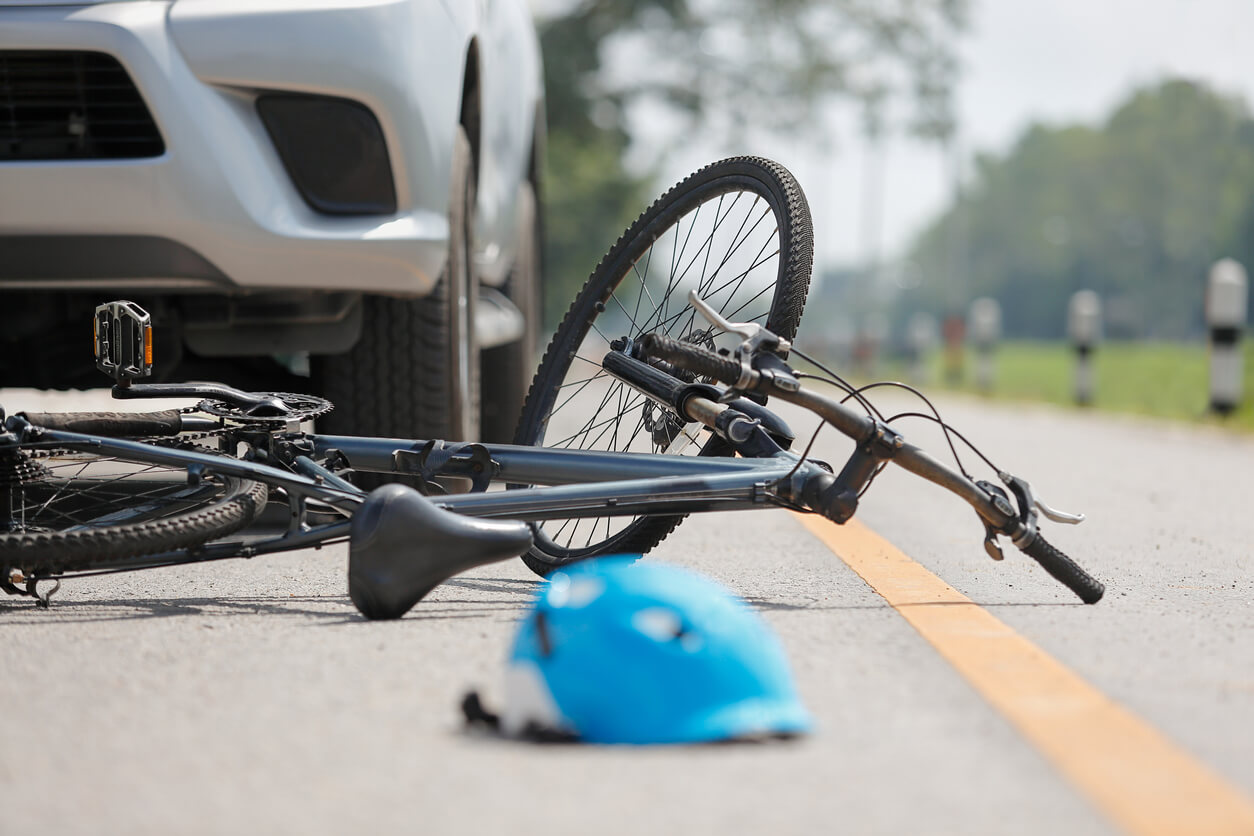When it comes to cyclists and cars sharing the road in South Carolina, cyclists are considerably more vulnerable than their counterparts. In response, bicycle lobbyists have been active in promoting stronger protections that ensure cyclists can safely enjoy their hobby amongst other road users.
But what do you do if you’ve been hit by a car while riding your bike?
South Carolina personal injury attorneys offer a few tips to follow after a bike accident with a car.
Top 10 Tips After a Bike Accident With a Car:
1. Remain calm and get your bearings.
Remain calm and alert to the situation and your surroundings. Behaving emotionally or irrationally could distract you from essential safety measures and necessary next steps following the collision.
2. Get out of the roadway.
You’ve already been hit once and are likely injured as a result. The faster you can remove yourself from the danger of additional vehicle traffic, the better off you are. Leave your bike and other belongings and pull yourself to safety.
3. Stay quiet.
Do not apologize or admit fault. Do not speak to any insurance representative of the other party.
An at-fault party will attempt to deflect blame and use anything you say against you. The best thing to do is to politely remain quiet, answering only essential questions posed by law enforcement and other first responders.
4. Assess your injuries and call for emergency aid.
Take note of any personal injuries, photographing them if possible. Request immediate medical aid and accept emergency medical treatment at the scene.
5. Exchange information with the driver of the vehicle.
Write down the driver’s name, contact information, and insurance information. Also, note the make, model, and license plate of their vehicle.
6. Gather witness information.
Collect witness names and contact information. Witness accounts of the accident can help prove negligence on behalf of the driver, and help substantiate an injury accident claim.
7. Document evidence.
Write down any important details of the accident, including weather conditions, road conditions, road hazards, road safety signs, obstructions to visibility, surrounding conditions, or distractions.
When possible, take pictures of the accident scene and surrounding area. Take photos from many different angles and vantage points. If you don’t have a cell phone or other camera with you or cannot physically document evidence, ask a bystander to do so on your behalf for later use of the information.
8. Seek follow-up medical attention.
It’s imperative you seek comprehensive follow-up medical attention. A complete physical exam may reveal internal injuries or soft-tissue injuries undetected by emergency responders.
Any delay in diagnosing or treating injuries could compromise a future claim for financial damages related to your injuries.
9. Contact a personal injury attorney.
An experienced personal injury attorney can determine if you have a viable compensation claim resulting from the car vs. bike crash. They will also represent you to the opposing party’s insurance company, helping to avoid any misstatements that could be later used against you in your lawsuit.
10. Maintain a journal of evidence and medical records.
Your bicycle crash lawyer will need as much evidence as you can provide for your car accident injury claim. Maintain a journal documenting any recollections of the events leading up to and after the car vs. bike collision.
Also, document all injuries, treatment plans, and ongoing symptoms. Be sure to record the impact of physical injuries and psychological trauma on your daily life and relationships. These records are critical when seeking non-economic losses such as pain and suffering or loss of consortium.
Contact a South Carolina Personal Injury Attorney Today
South Carolina motorists and cyclists must share the road responsibly for everyone’s safety. When accidents happen between cars and cyclists, severe injuries with lasting consequences often result.
If you or someone you love has been injured in a car vs. bicycle accident, you may be entitled to financial compensation from the at-fault party. While money can’t erase the pain from an injury accident, it can help secure medical and other resources needed for recovery and healing.

